Many documentaries have pointed out that when humans suddenly disappear, no wildlife will feel discomfort or loss. On the contrary, they will quickly take over the spaces once inhabited by humans. Unfortunately for domesticated animals, they cannot survive without humans.
A world after the disappearance of humanity would resemble the image below.
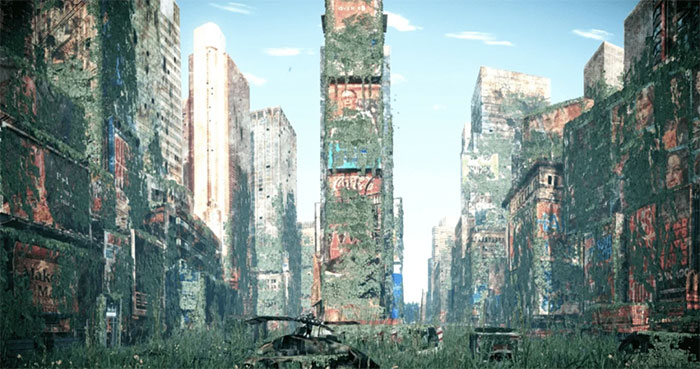
Human cities will be abandoned if no one lives there.
Subsequently, human cities would quickly be covered by vegetation, and some animal species might even come to live among the ruins of humanity. Although humans would be gone, traces of our existence would remain everywhere.
However, these are merely speculations and imaginings over a time frame of thousands to millions of years after humanity’s extinction. This is a period when many objects and remnants of humans would still be present. But after billions of years, what will be left of us?
Will Plastic Last Forever?
Many people say that after humans suddenly disappear, a large number of plastic products will remain on Earth. But in reality, it is estimated that plastic will be the first artificial substance to decompose. The reason is simple, as it is an organic material, fundamentally similar to human flesh and blood. And in less than 500 years, human-made plastic will decompose completely.

Plastic will not last forever.
For a long time, we have thought that plastic is very difficult to decompose because it is often considered in terms of human lifespan, and the decomposition rate of plastic cannot keep up with the decomposition of food in daily life. Clearly, a person cannot wait to see plastic decompose naturally. However, plastic is also an organic compound. It is a polymer formed from carbon chains, similar to proteins and fats in our bodies. And once the carbon chains are broken down, they cannot continue to exist.
Of course, plastic can decompose, but at a very slow rate. And this “speed” depends on the frame of reference, because when placed on the timeline of Earth, the decomposition of plastic could be considered a matter of “seconds or minutes.”
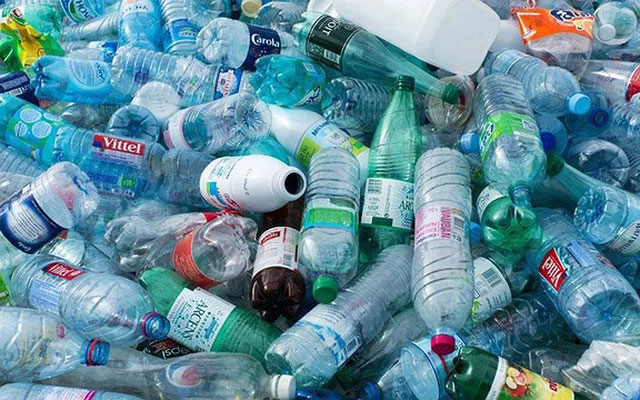
In just a few hundred years, plastic will nearly disappear.
Scientists have discovered that decomposing organisms in nature can actually use any organic material as raw material. The sudden disappearance of humans would indeed leave a lot of plastic for a time, which could be buried or processed by other animal species. But ultimately, they cannot escape the fate of decomposition.
Plastic, regarded as the most representative material of humanity, can only exist in the first 500 years after human extinction. After that, if civilizations on other planets were to discover Earth at that time, plastics would no longer exist. Not only plastic, but all organic materials created by humans will disappear, leaving only a small amount of organic matter that might leave some traces on the ground, in accidental circumstances.
Will Glass Last Forever?
Since all organic materials will decompose, will the inorganic substances created by humans definitely last? Haven’t archaeologists discovered many jars and bottles from ancient peoples?
If that were the case, the glass products we use today would surely be preserved and eventually become cultural artifacts excavated by other civilizations.
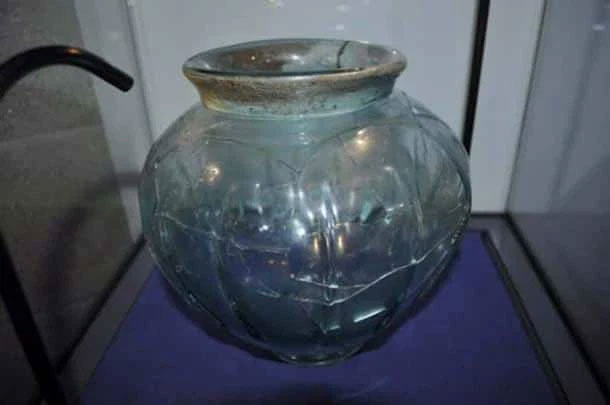
Ancient Roman glass jar.
Theoretically, inorganic materials like glass are more likely to exist over longer time frames than organic materials because no microorganisms can decompose them. However, glass is very fragile and can also be easily eroded by other geophysical factors.
Wind and water can gradually wear down glass into grains over time. Glass Beach in California is an example; in the 1950s and 1960s, this beach was piled with discarded glass bottles. But under the washing of seawater, these glass bottles were smoothed into colorful pebbles, eventually turning into sand on the beach.
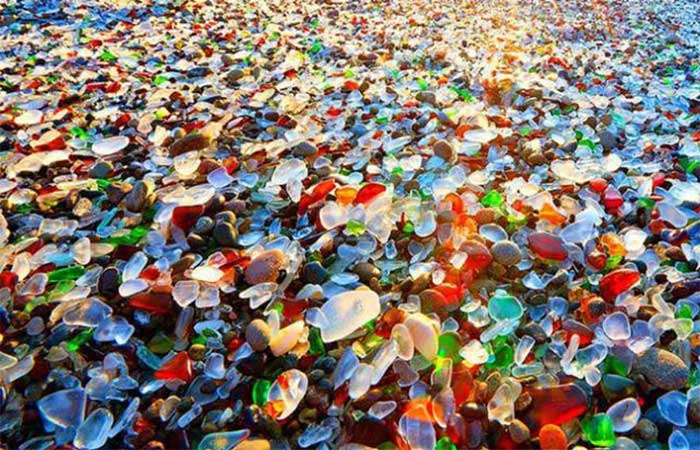
Glass will also erode over time.
Therefore, after humans disappear, glass products exposed to air and water will likely not survive. Their fate will resemble that of the bottles discarded on the beach in California. They will be weathered, washed away, rubbed, and eventually turn into glass particles, buried in the ground. And without a microscope, these traces of glass are essentially invisible.
Glass objects that are fortunate enough to be buried in the ground will last longer. If they are even luckier, they may be preserved underground for millions of years like tools from ancient peoples.
However, they will also never last for billions of years. Because the Earth’s crust will undergo countless changes and the glass within it will also participate in this movement.
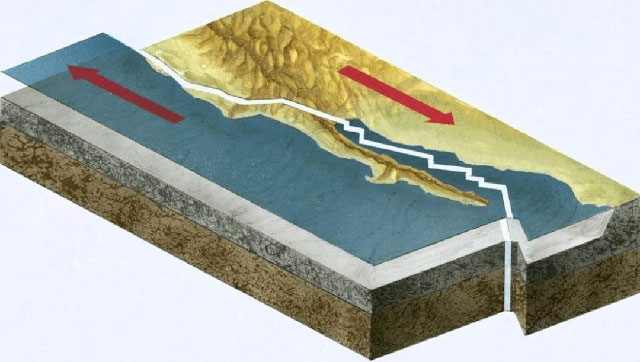
Diagram of Earth’s crust movement
The crust of the Earth, which seems very hard, is actually quite “soft.” It behaves like a plastic material that is continuously pressed and squeezed. Many landforms on Earth are pushed out, the most easily imagined being the folded peaks of mountains. During this process, the material inside the Earth’s crust will also be compressed into fragments, which is why many fossils of ancient organisms cannot be perfectly preserved.
Therefore, the longest lifespan of glass items left by humans may reach hundreds of millions of years, but only under several conditions:
- First is to be buried underground, to avoid physical erosion right from the start.
- Second is that the burial site must not have groundwater; otherwise, they may be eroded by flowing water.
- Finally, the geological layer of the burial site must be very stable, not prone to earthquakes at any time.
Only glass items meeting these three conditions can be preserved for hundreds of millions of years. Of course, in the end, they will not survive after billions of years, as the changes in the Earth’s crust can also wear them down into glass particles, albeit more slowly than wind and water.
What About Metals?
If plastic and glass cannot last for billions of years, can metals do so? Particularly, metals like stainless steel and titanium alloys created by humans are known for their corrosion resistance.
If you think this way, it can truly be said that you are still underestimating and unaware of the power of Mother Earth.
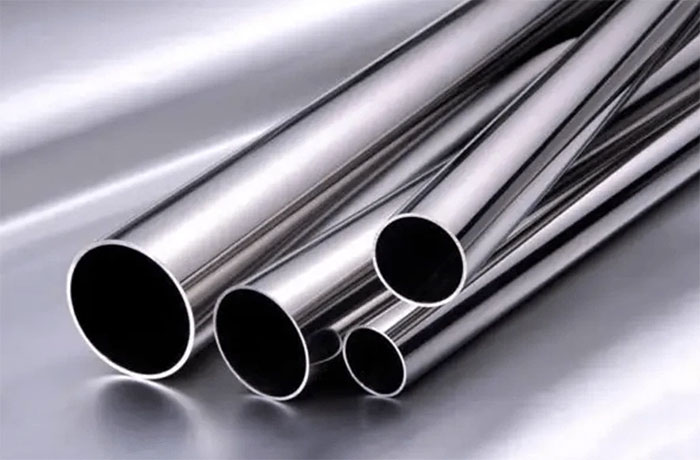
Stainless steel cannot last forever.
In reality, the concept of corrosion resistance in metals is similar to the idea that plastics are hard to decompose, still viewed from the perspective of human lifespan. In a hundred years, it will be hard for people to see stainless steel rusting or plastic decomposing. But this does not mean that these two materials are eternal.
Stainless steel requires regular maintenance to ensure it does not rust. After humans disappear, stainless steel objects will also be covered in dirt. Under sun and wind, the protective layer on the surface will soon lose its effectiveness, and the exposed metal will oxidize. If buried underground, it will ultimately become part of iron ore due to the movement of the Earth’s crust. And as it turns out, what comes from somewhere will eventually return to where it came from.
However, there are some metals that can exist for a long time. These are certain metallic components found in electronic products. This is not because they have high corrosion resistance, but because they are encapsulated in silicon sheets. The circuit boards and chips we often refer to are essentially metal wires sandwiched between silicon sheets. The purpose of this is to extend the lifespan of the metal. The main component of the silicon sheets (wafers) is silicon dioxide, which is also the main component of sand and rock in nature. That is why it can exist for a long time on Earth.
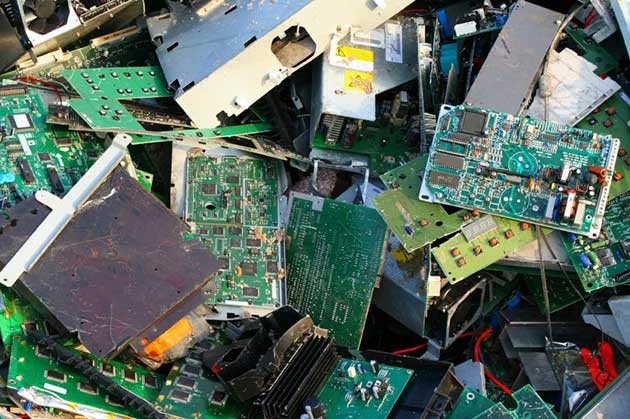
Some metal components inside electronic products can last for a long time.
Printed circuit boards are often found inside electronic products. After humans disappear, these electrical devices will also leave their mark in nature. The outer casing may protect them for a certain period. Eventually, these circuit boards and chips will weather and corrode upon exposure to air and water. However, silicon is resistant to this, so the metal components it encases will last longer than pure metals. If buried underground from the beginning, these metal elements could be preserved for millions, even billions of years.
The Fate of Buildings and Architectural Structures
Most human architectural constructions are made from reinforced concrete. After humans vanish, vines will quickly take over, and without human maintenance, skyscrapers will soon collapse.
Under the effects of wind and water, some of the cement will dissolve into the soil, while the remaining relatively large amount of cement will simply form into rock. The steel bars inside will also end up like most other metals, sinking deep into the Earth’s crust to become iron ore.
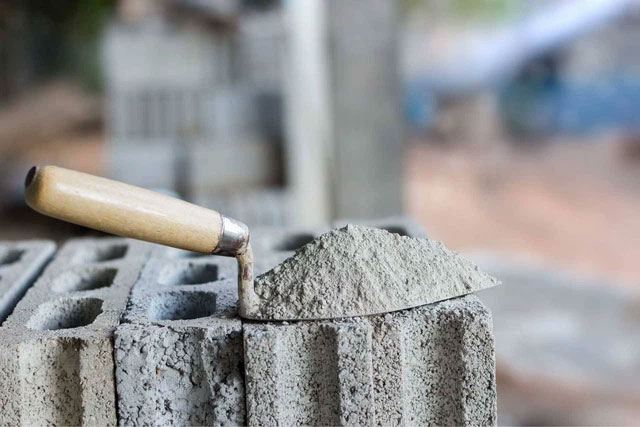
Cement can last longer than you think.
However, if you think that the fate of cement is also doomed, you are mistaken. Do not underestimate the amount of cement present in the world. Besides the structures built with cement, we have also created a vast amount of cement on the surface, such as roads and squares…
Firstly, these types of cement take a long time to weather and corrode, longer than glass and other materials.
Secondly, even when they become part of the Earth’s crust, the composition of the cement is still very different from the natural rocks and soils.
To clarify, the main chemical components of cement include calcium oxide (CaO), silicon dioxide (SiO2), iron oxide (Fe2O3), and aluminum oxide (Al2O3), as well as tricalcium silicate (3CaO*SiO2), dicalcium silicate (2CaO*SiO2), tricalcium aluminate (Ca3Al2O6), and tetracalcium aluminoferrite (C4AF).
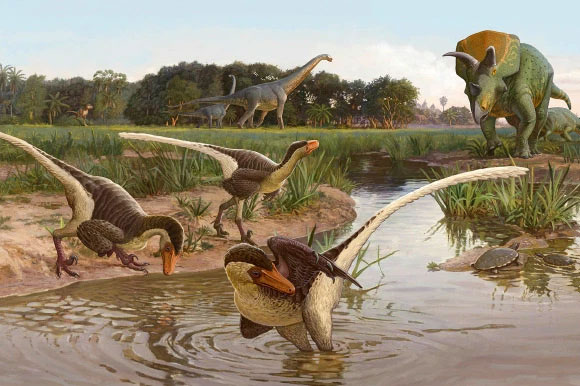
The White Chalk Period is named after geological elements.
The Earth’s crust will record materials from a certain period. For example, the Chalk Period in the past was named after the chalk that existed in large quantities during that time. If we were to slice through the crust, we would see rocks and soils from various periods stacked like a sandwich, layer by layer. Thus, human-made cement will also create a layer in the Earth’s crust. If other civilizations were to excavate it, they might recognize it as the “Cement Era,” a name dedicated to the human era, just as the Jurassic and Cretaceous periods belong to the dinosaurs.
Nuclear Waste
Humans primarily utilize nuclear energy through nuclear fusion and fission reactions. The main material for nuclear fusion is hydrogen and its isotopes, while the primary material for fission is heavy atomic element uranium. Uranium naturally exists in three isotopes: U238, U234, and U235. Additionally, there are 12 artificial isotopes of uranium that do not exist in nature. Furthermore, uranium is a radioactive element with a long half-life ranging from 100,000 to 4.5 billion years.
Therefore, after humans disappear, nuclear power plants will likely explode due to lack of management and repair, leading to nuclear leakage. These natural and artificial uranium isotopes will enter the environment and continue to undergo fission reactions. For instance, a natural nuclear reactor has been found in Africa, which has been reacting for the past 2 billion years and continues to do so. Thus, the nuclear waste from human nuclear power plants will persist on Earth for billions of years.
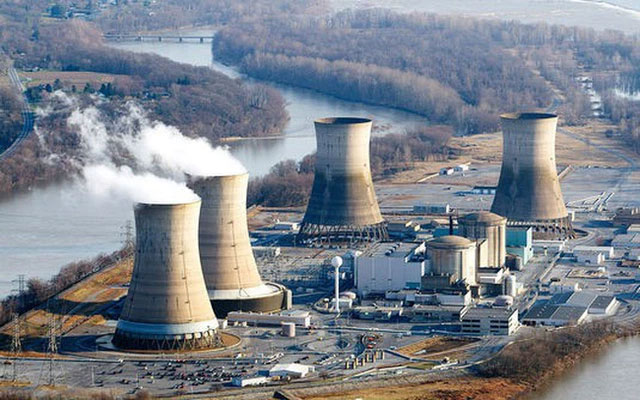
Nuclear waste requires a long time to decompose.
Nuclear energy is the highest level of human technology and will also become our most enduring mark on Earth. The level of human civilization may not be high compared to the entire universe, so if another civilization were to discover Earth after humans have vanished, their level of civilization would certainly be higher than that of those who disappeared. When they see artificial uranium isotopes on Earth, they will instantly realize that another civilization once existed here, even if it may not have been as advanced as theirs, it did exist.
In the Wake of Human Extinction
It is evident that even if humanity were to suddenly become extinct, metal components, cement, and nuclear waste could still remain on Earth for billions of years, serving as evidence of human presence.
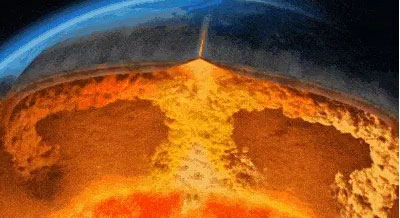
The Earth will mix everything to change the top layer.
However, the Earth is always in motion. There is a layer between the crust and the mantle filled with viscous liquids and high temperatures. It will melt the crust and consume everything, and it can also spew molten lava to the surface to form a new crust. This is how the Earth has been “metabolizing” for the past 4.5 billion years.
The age of the rocks discovered by humans today is generally not very old, especially when compared to the age of the Earth, many types of rocks can only be considered “young.” Only a few rocks that are as old as the Earth still exist today.
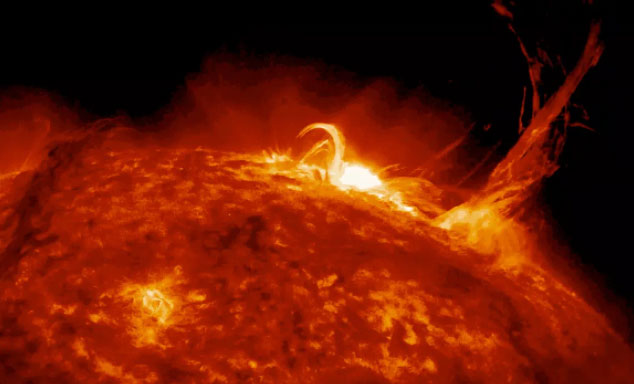
The sun exploding will mark the end of all traces of humanity.
This means that one day, the traces of human existence will be completely erased by the Earth. It is akin to our ignorance of what primitive life was like 3.8 billion years ago. And in another 4.5 billion years, after the half-life of human-related uranium ends, other traces of life associated with humanity may no longer exist.
Moreover, the lifespan of the sun is only about 5 billion years. Before its life cycle ends, it will expand violently. Mercury, Venus, Earth, and even Mars will be consumed by this expansion process. When the sun’s lifespan concludes, the entire Solar System may cease to exist, leaving behind only a solitary white dwarf wandering through the universe.





















































